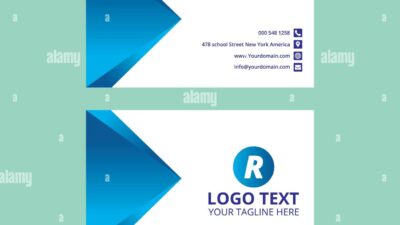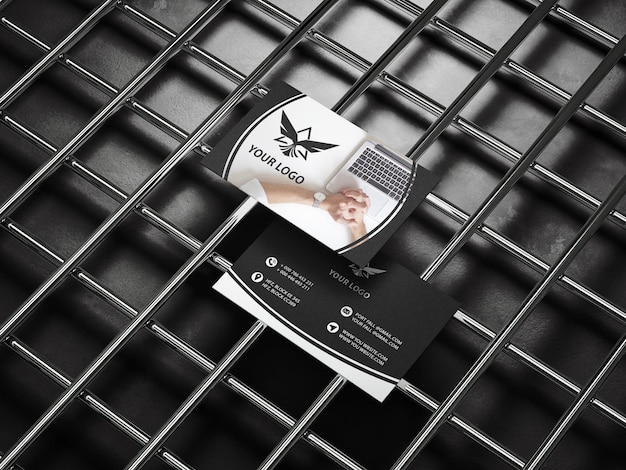
In the realm of industrying , the business card remains a steadfast tool. It’s a small rectangle, yet it holds the power to open doors, forge connections, and leave a lasting impression. In this article, we’ll delve into the art of crafting the optimal business card , exploring the essential elements of card design , the importance of branding , and how to leverage this humble piece of paper for effective industrying .
Why Business Cards Still Matter in the Digital Age. Despite the rise of digital communication, business cards remain a vital tool for networking and making a strong first impression. A well-designed business card can convey professionalism, credibility, and attention to detail. It’s a tangible representation of your brand that can be easily shared and remembered. In a world dominated by fleeting digital interactions, a physical business card offers a personal touch that can help you stand out. Plus , it’s a convenient way to exchange contact information without relying on technology or internet access.
Key Elements of an Effective Card Design. A great card design goes beyond just slapping your logo and contact information onto a piece of paper. It involves careful consideration of several key elements: Visual Hierarchy: Guide the reader’s eye to the most crucial information first. Use font size, color, and placement to create a clear visual hierarchy. Typography: select fonts that are legible and reflect your brand’s personality. Avoid using too many varied fonts, as this can make your card look cluttered. Color Palette: select a color palette that aligns with your brand identity and evokes the desired emotions. Consider the psychology of colors and how they can influence perception. Imagery: Use high-quality images or illustrations that are pertinent to your business and enhance your card’s visual appeal. White Space: Don’t overcrowd your card with too much information. Leave plenty of white space to create a clean and balanced design.
Choosing the Right Material and Finish. The material and finish of your business card can significantly impact its overall look and feel. Consider these options: Paper Stock: Opt for a high-quality paper stock that feels substantial and durable. Options include matte, glossy, textured, and recycled paper. Coating: select a coating that protects your card from wear and tear and enhances its visual appeal. Options include UV coating, lamination, and soft-touch coating. Special Finishes: Add a touch of luxury with special finishes like embossing, debossing, foil stamping, or letterpress. These techniques can elevate your card’s design and make it more memorable. Think about how the material and finish can complement your card design and reinforce your brand identity.
Information to Include (and What to Leave Out). While it’s crucial to offer essential contact information, avoid cluttering your business card with unnecessary details. Here’s what to include: Name and Title: Clearly state your name and professional title. Company Name and Logo: Prominently display your company name and logo. Contact Information: Include your phone number, email address, and website URL. Social Media Handles: If pertinent, include your social media handles. Keep it concise and only include the platforms you actively use. Here’s what to leave out: Fax Number: Unless it’s absolutely necessary, leave out your fax number. Physical Address: If you don’t have a physical storefront, you may not need to include your address. Generic Email Address: Use a professional email address that reflects your brand, not a generic one like @gmail.com.
Related Post : bussines apps
Making Your Business Card Memorable. In a sea of business cards, it’s essential to make yours stand out. Here are some creative ideas: Unique Shapes and Sizes: Experiment with unconventional shapes and sizes to grab attention. Die-cut cards, mini cards, and folded cards can all make a statement. Creative Materials: Think beyond paper and consider using materials like wood, metal, plastic, or even fabric. Interactive Elements: Incorporate interactive elements like QR codes, scratch-off areas, or pop-up designs to engage recipients. Clever Messaging: Use witty or memorable taglines to leave a lasting impression. Focus on communicating your unique value proposition in a concise and compelling way. Remember, the objective is to create a business card that people will want to keep and remember.
In conclusion, the optimal business card is one that effectively communicates your brand, is memorable, and leaves a lasting impression. By considering the design elements, material, and information included, you can create a business card that serves as a powerful industrying tool and helps you stand out from the competition. So, invest in a great card design and watch your networking efforts pay off!

